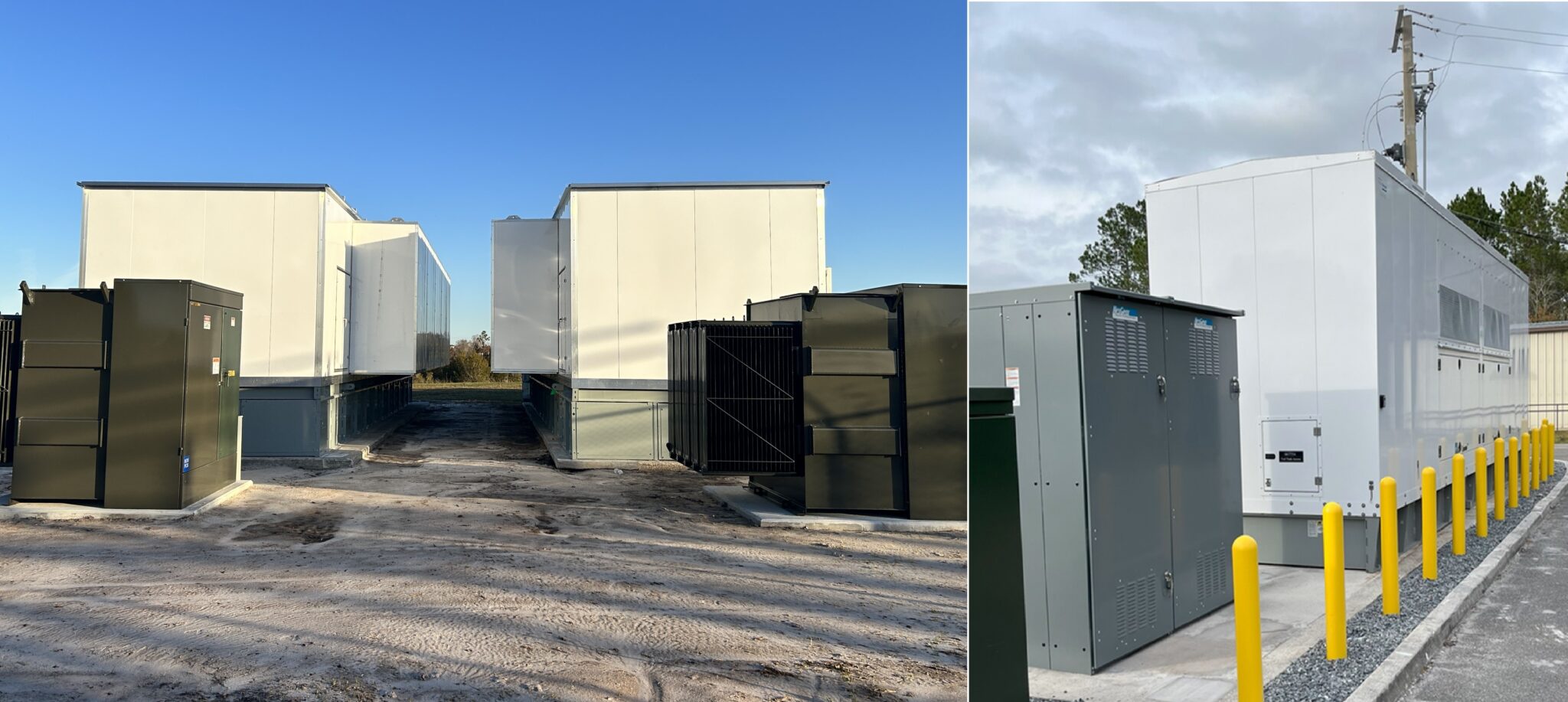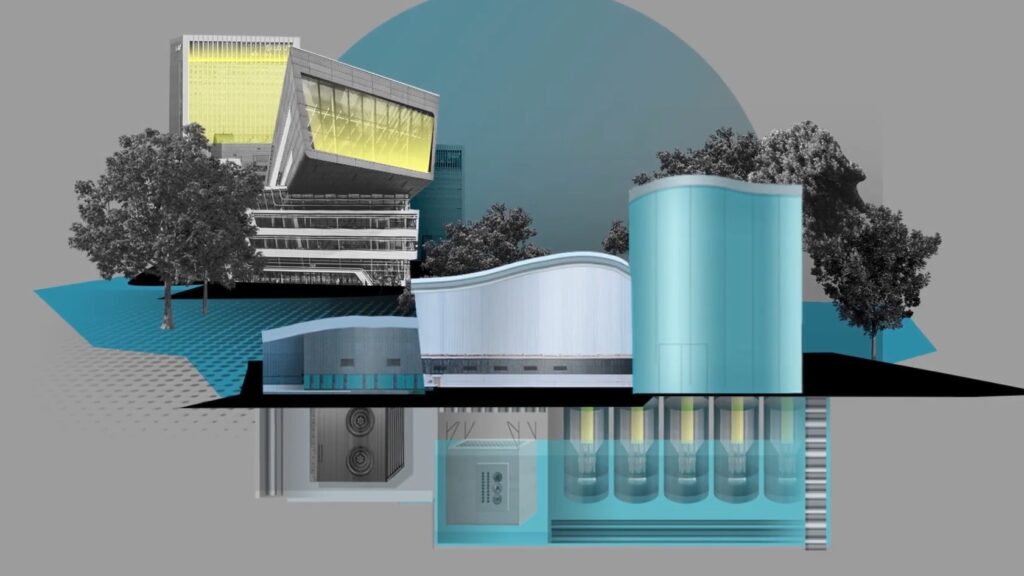PowerSecure Offers Modern Solutions for Florida Backup Generator Needs
Randy Sukow
|

Among the major backup generator projects Clay Electric Cooperative has launched in Florida include a large prison complex (left) and a 99-bed acute-care hospital.
Many rural electric cooperatives are actively seeking ways to provide backup power to industrial sites and other entities that require steady, reliable energy. NRTC partners with PowerSecure, a Southern Company subsidiary, to deploy generators for these specialized cases. But Clay Electric Cooperative of Florida has been assisting several clients’ backup power needs for decades while also curtailing load under its load management program with its G&T supplier. For Clay Electric, the question was how to address aging equipment.
Clay Electric chose to install new equipment for its members in areas with especially critical needs for constant, reliable power. Diesel-powered units have been operational for 30 years providing backup power and load management needs.
“You know, electronics and other things were becoming more obsolete, and harder to maintain. That’s what drove us into this project to not only provide those members with a backup and those kinds of things, but also to be able to shed load reliably,” said Bryan Gunter, Clay Electric’s chief operations officer.
Environmental regulation was another issue. As backup generators age, it becomes more difficult and costly to meet the Environmental Protection Agency (EPA) or state emissions limits. “As equipment gets older, be it a car or computer, replacing it with an updated version can be a cost-effective solution compared to upgrading,” said Nathan Holland, NRTC’s grid intelligence solutions director. “It is like a high mileage, older truck that needs repairs and improvements to continue doing its job. Do you want to put money into the old one or just go buy a new one with better performance and expected longevity?”
For backup power generators, the EPA has the NESHAP/RICE (National Emission Standards for Hazardous Air Pollutants for Reciprocating Internal Combustion Engines) regulations. “The federal government basically ended up mandating that if you spent so much money on a unit that’s greater than a certain percentage of the value of the unit, that you must meet current EPA guidelines. So that was a big step for us,” said Tom Scott, Clay Electric’s division manager of substation engineering and system operations.
The clients located in rural areas include:
- A hospital in Palatka, FL, a 99-bed acute-care facility which includes a 10-bed intensive care unit and a 24-hour emergency room.
- Two prison facilities located in Raiford, FL. Combined, the two prisons have capacity for 2,946 adult male inmates.
- A defense contractor that designs, develops, and tests maritime electronics systems from its Florida facility. PowerSecure units will be the primary standby for this location.
Clay Electric issued an RFP to begin the search for the best solution. At the time, it had experience working with PowerSecure on smaller backup generator projects. PowerSecure’s RFP response showed that it had units to fit the project’s needs.
For example, PowerSecure offered a more flexible range of unit form factors. “The hospital unit was offered in a different configuration than the others. It had to fit in the space, an island in a parking lot, to take the place of the others. The other units were in a shipping container. I don’t believe anybody else makes that form factor that we’re aware of,” Scott said.
Due to natural gas access issues on previous projects, Clay Electric opted to stay with diesel to fuel the new generators. In fact, Gunter was unsure that the gas company even operated in some of the remote areas where Clay Electric is deploying generators for the three members. PowerSecure also offers natural gas-powered generators, which are often preferred by cooperatives when infrastructure is available due to lower operation and maintenance burden.
Fortunately, Clay Electric had the existing relationships and experience to support the diesel generators. “We pretty much have trucks and contracts in place to resupply diesel, even during storms. We proactively fill those units up for a coming storm and we’ve never had any supply issues there,” he said. Located in Northeast Florida, Clay Electric and its members are very much in the storm zone.
So, with the decision to go forward with a new generation of diesel generators, Clay Electric needed units with updated features to meet the NESHAP/RICE requirements. PowerSecure again fit the bill. “They’re truly Tier 4 compliant,” Gunter said. The PowerSecure units also include updated electronics offering higher reliability controls, including SCADA access.
Despite permitting and inspection challenges, PowerSecure estimates that the generator installations will be complete in all three locations by March 2024. As of mid-December, the locations were at various stages of completion. Clay Electric says that the project is moving forward on time and on budget. The cooperative waited until October 2023 … the tail end of hurricane season … to begin work.


